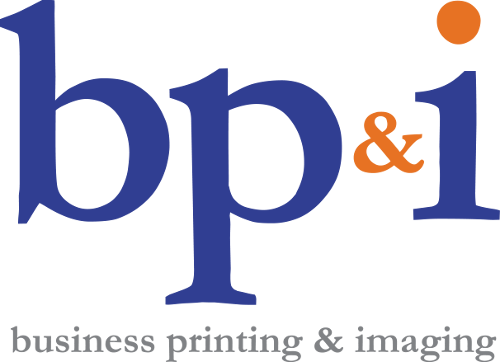4 Keys for Bringing Your Professional Goals to Life

If you were given a magic formula for reducing stress or frustration, would you use it?
Many of us set New Year’s resolutions on something we “wish” would happen instead of giving thought to what caused us tension or joy in previous years. As you consider new business goals for the future, first you need to know where you’ve been.
Before you look ahead, it’s important to look back.
Build Business Goals from Self-Reflection
When business coach Darlene Hawley first started her company, she was laser-focused on the future, visualizing where she wanted to be ten years down the road.
“I wasn’t spending the time looking at what went really well for the year I was just finishing,” Hawley says.
Hawley later realized that spending more time debriefing the past could better position and motivate her for the future.
“Adding that [past reflection] to the strategic planning process was huge, because we need to celebrate,” Hawley says. “When we celebrate those wins, that’s what inspires us to take action going forward.”
Hawley is doing this herself as she prepares for a new year:
“Right now, I’m looking at what 2019 looked like—what went well, what didn’t go so great . . . what would I change to make it better for 2020?” she said.
As you consider a new year and a new decade, do you want to see measurable progress in your professional life? Here are four strategies for building that momentum.
1. Set Goals that Motivate You
As you work from reflection, build goals based on what was most rewarding or painful last year.
Goals should have meaningful outcomes because 93 percent of people struggle to turn goals into tangible action steps if the destination is not personally motivating.
Start with goals that are high on your priority list. Then, break your master list into the top 3-5 overall objectives. Write down why goals are important to you, how you will measure progress, and what strategies you will use to achieve them.
2. Put A Plan in Action
Once you’ve planned the work, it’s time to work the plan.
Sometimes we get so focused on outcomes that we forget the individual steps in the process. When drafting long-term goals, assign specific, time-bound “mini-wins” to achieve along the way. This is your road map to executing a plan as smoothly as possible.
3. Empower a Support Team
Whether it’s a book club or a cardio-training group, humans are much more likely to achieve goals in community.
Working toward professional goals in isolation lowers accountability and drains your energy. It’s important to share your goals with others, to find a mentor or peer group to meet with frequently, or to give everyone on your team a blueprint so you can track progress collectively.
Tell people why your goals are personally motivating and look for opportunities to solicit the feedback, advice, or encouragement of others.
4. Visualize Success
Finally, while you are looking back, take time to visualize what it would be like to succeed in the future.
What pain point would you like to alleviate? What benefits would you enjoy with your family, your finances, or in achieving a life-long dream?
Whether you put pictures of vacation destinations in your closet or select a “splurge item” you would buy if you hit a sales goal, visualizing positive outcomes can raise energy levels and build your confidence.
In fact, numerous sports studies have shown that mental practice (through visualization) can be as effective as real practice. In other words, you can develop and reinforce real skills by visualizing yourself practicing them!
2020 is a year of possibilities. With reflection, teamwork, and visualization, you can be motivated by creative solutions and do the work necessary to bring your professional goals to life!
